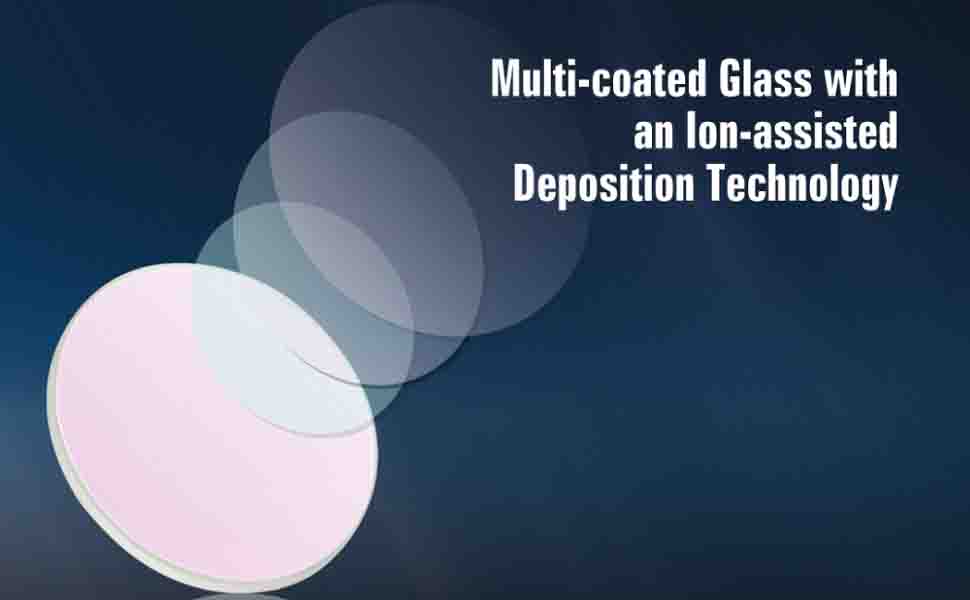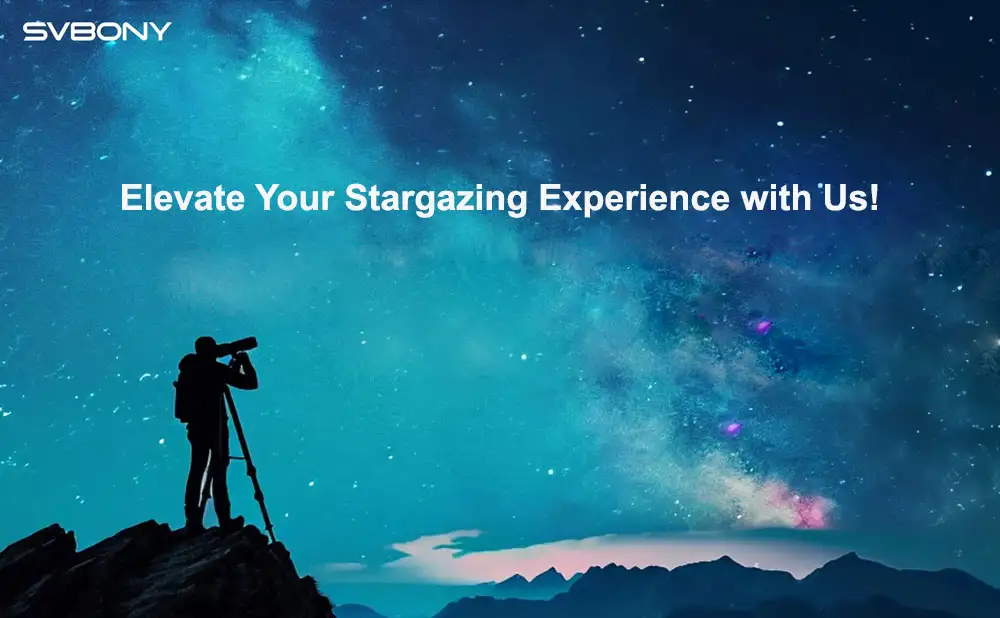What Filters are Used for Planetary Photography?

What Filters are Used for Planetary Photography?
I know that the sun, moon and planets are the favorite observation targets of many star lovers. More than a decade ago, being able to look at the planets and see a bean-sized Jupiter and Saturn was enough to make astronomers excited. Few people have been able to photograph the lunar surface in high quality, and now we have telescopes and CMOS planetary cameras, we can easily photograph the moon in our own backyard and see more details.
Both planetary photography and deep sky photography can use a combination of black and white cameras and filters for pre-shooting, but the two are slightly different, planetary photography will not use the filters used by deep sky photography, because planets do not emit these spectra.
The filters used in planetary photography usually use IR, UV, CL and other filters to achieve the purpose of capturing a specific spectrum, such as photographing rich carbon dioxide on the surface and so on. The most common and most important are IR filters, because in nature, the longer the wavelength of light, the less affected it is by seeing. Therefore, relatively speaking, the influence of red light and infrared light is far less than that of other bands. Therefore, when we shoot planets, we usually use an IR filter (infrared filter), which only allows infrared or near-infrared light to pass through. This reduces the adverse effects of seeing.
In addition, to shoot specific planets, we will also use some special filters. For example, to shoot the dark side of Venus, we need to use Venus-U filter and IR filter; the distribution of methane on the surface of Jupiter and Saturn needs to use CH4 Filters; but it's a bit expensive. Uranus, Neptune infrared imaging has obvious details, with the IR610 high light transmission filter, you can shorten the exposure time.
So which of our filters can you buy for planetary observation? I think You can consider the following products.
this filter can be a great asset for daylight IR-imaging with a digital camera lessening seeing effects and improving contrast when utilized for lunar and planetary imaging,allowing images of moon and planets to be taken at dawn or dusk.
It can be used a planetary camera for planetary shooting, and a black-and-white camera for bright-field shooting,Get a sharp image; improve image sharpness with the addition of an UV-IR cut filter.
This filter can interfere with obtaining the high contrast and high quality images possible with a digital sensor.








